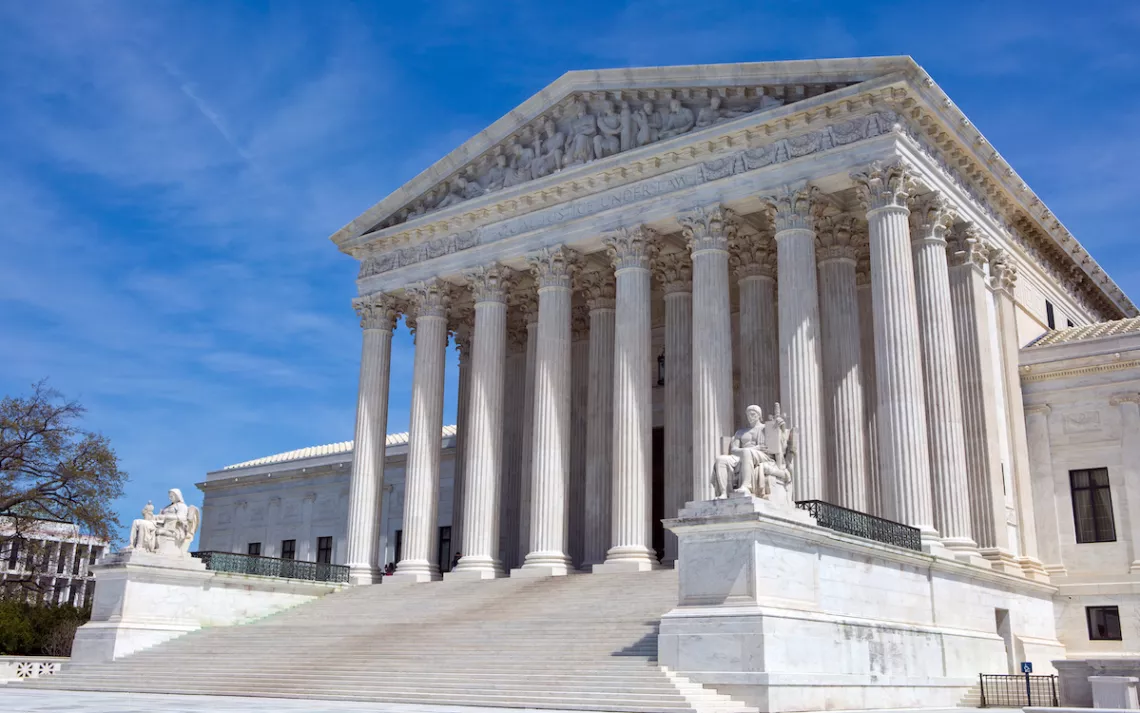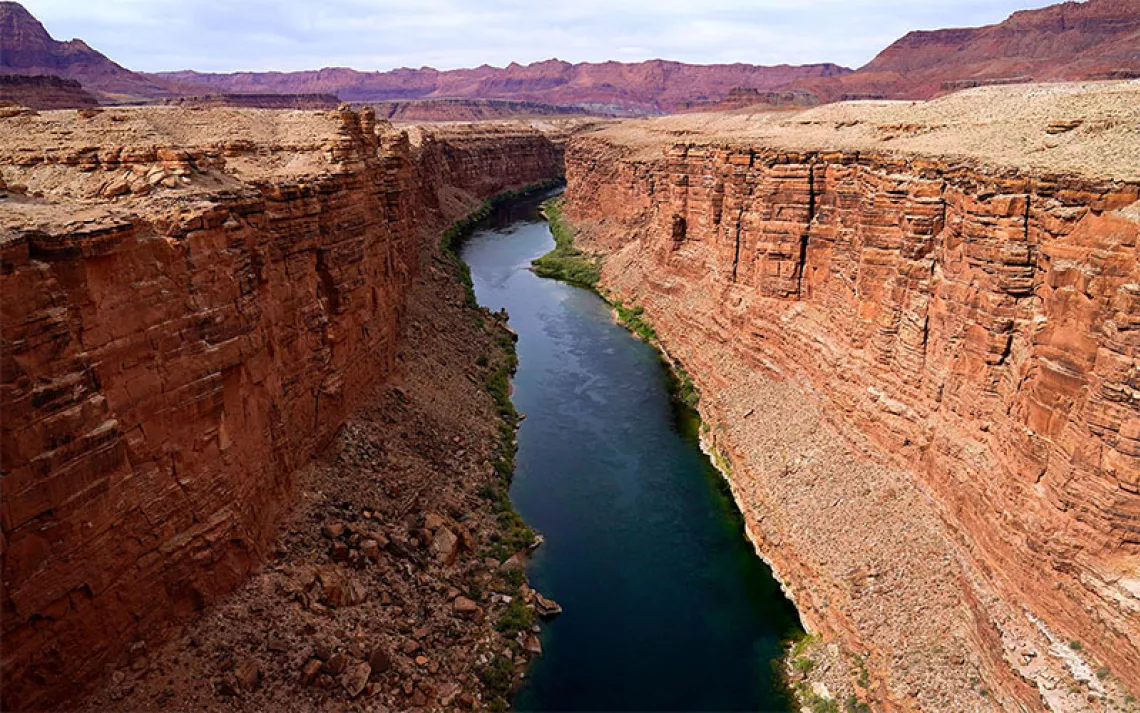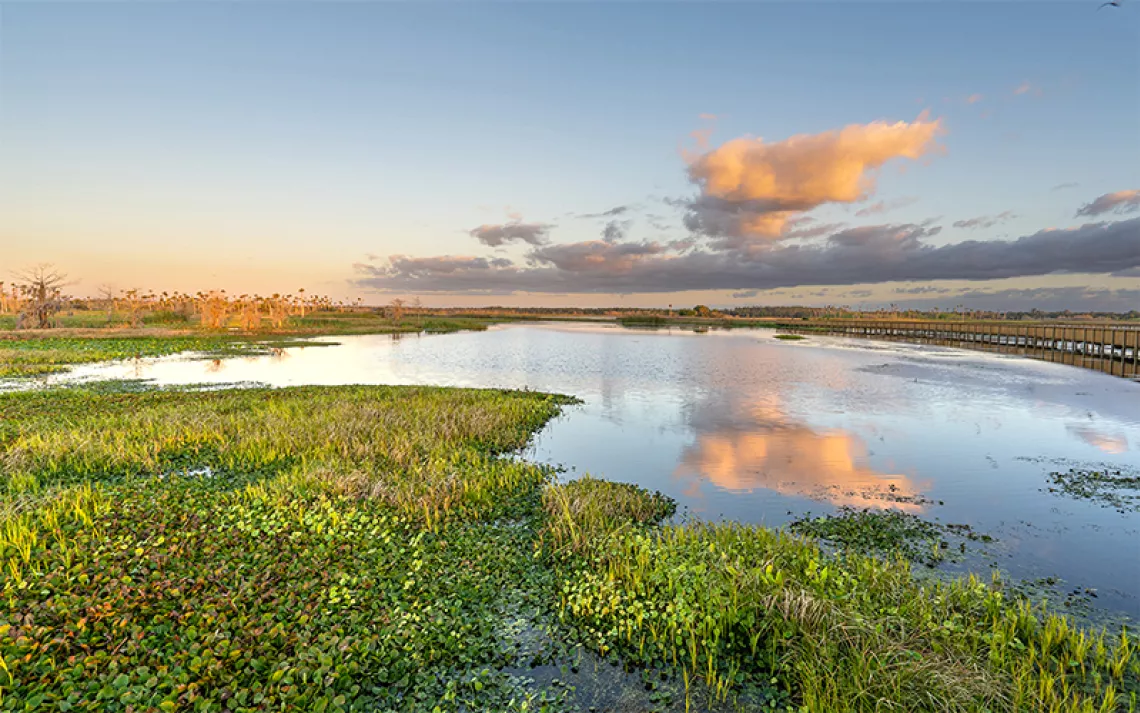Supreme Court Allows Landmark Climate Suit to Proceed
Justice Roberts lifts stay on Our Children’s Trust lawsuit

Photo by sframephoto/iStock
Juliana v. United States—the climate change lawsuit brought by 21 young people that has been called “the trial of the century”—is on again. Probably. On Friday, November 2, the U.S. Supreme Court dashed the hopes of the U.S. Department of Justice by declining to grant the federal government’s petition for a stay of the litigation
The Trump administration was seeking what is called a “writ of mandamus,” in which a case essentially leapfrogs over the usual legal venues. In order to persuade the Supreme Court to grant the writ, two things would have to happen: A majority of the justices would have to support it, and the government would have to show that continuing the trial would cause “irreparable harm” to the defendants. The Supreme Court ruled only on the first issue, saying there was not a majority of justices in favor of the writ; only Clarence Thomas and Neil Gorsuch supported it.
The upshot is that, until they are told otherwise, the plaintiffs will continue trial preparations. Andrew Welle, a staff attorney for Our Children’s Trust, the nonprofit that brought the case, said on Saturday that he expects a teleconference with federal Judge Ann Aiken on Monday to re-establish a trial schedule.
But will the government file a petition for yet another stay? The Justice Department could not be reached for comment on Saturday.
“There is nothing preventing the government” from going back to the Ninth Circuit Court, Welle said. But, he added, it “has gone five times to the Ninth Circuit and the Supreme Court. I would hope after all their failed attempts” that they would decide the case should proceed, he said.
The Ninth Circuit may be losing patience with the government. In addition to its petition to the Supreme Court, on October 12 Justice Department attorneys also asked the Ninth Circuit to stay the trial pending a petition for mandamus, but apparently it never filed the actual petition with the appeals court and failed to keep it apprised of developments at the Supreme Court. On Friday, November 2, the Ninth Circuit rejected the government’s petition for a stay and rather acerbically requested that “in the future, the government promptly inform this Court of developments affecting its pending motions.”
So this slow-motion legal battle continues, with the plaintiffs gradually taking two steps forward for every one step back. The stakes are enormous. Plaintiffs are eager to proceed and to introduce a massive trove of factual material to support their case that the government has violated young people’s constitutional rights by helping to fuel global climate change. It’s not just the facts, but the law itself that the youths’ attorneys place their confidence in.
“This case stands on firm constitutional footing, and it deserves to be decided in the light of the full factual record,” Welle said. “It shouldn’t be decided hypothetically based on conjecture.”
Welle pointed out that it’s not as if the federal government won’t have any more chances to avoid losing the case. Trying the case itself will provide opportunities to narrow down the plaintiffs’ claims or to convince the judge to rule its way on many issues. And the appeals court and Supreme Court will still be there as final arbiters no matter how the trial verdict goes.
 The Magazine of The Sierra Club
The Magazine of The Sierra Club



